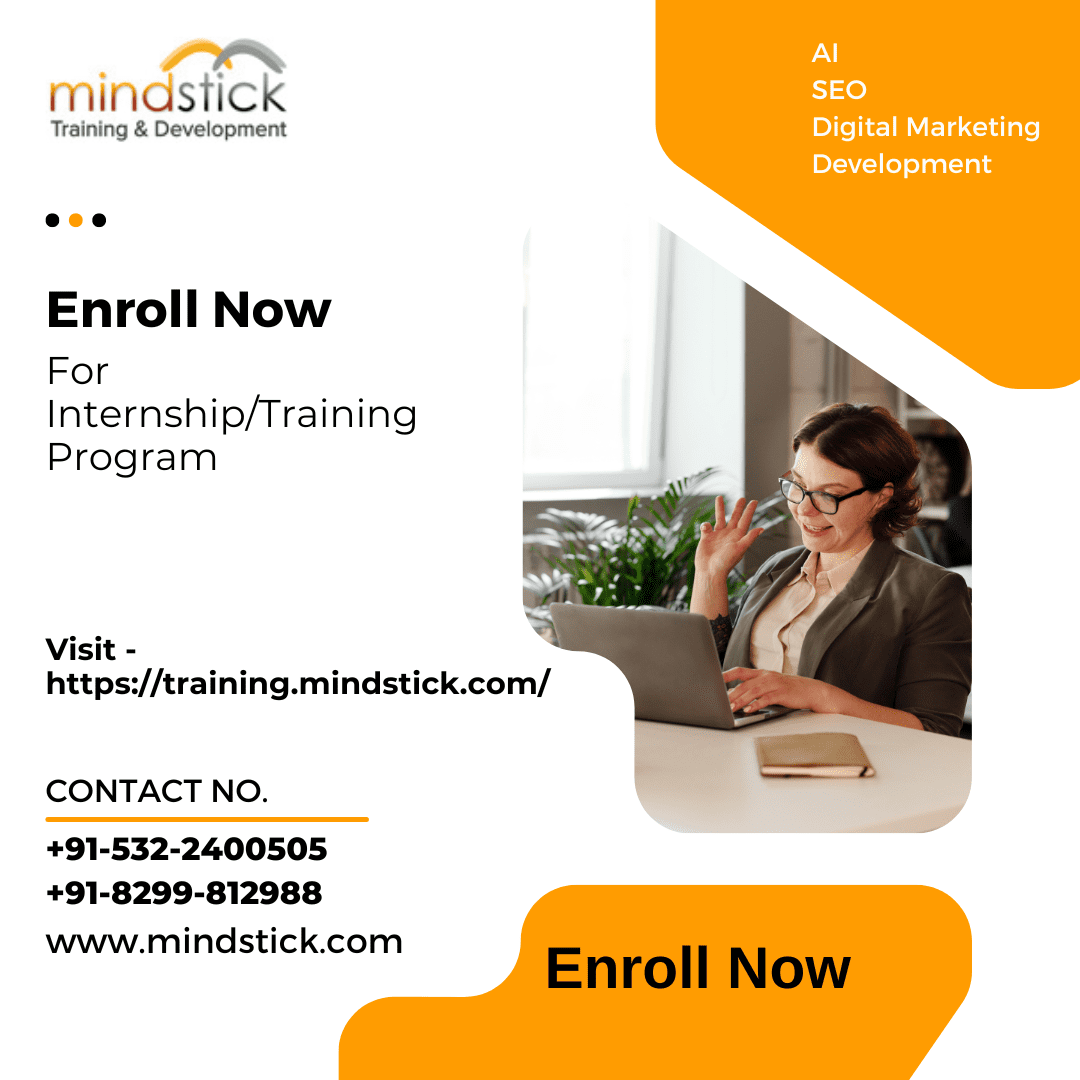For SaaS companies, generic content marketing wastes resources and misses targets. Success requires a strategic approach aligned precisely with your customer journey and business objectives. This 10-Step Roadmap provides the operational framework to transform content into a measurable growth driver. It covers essential execution: audience targeting, topic authority, conversion optimization, and performance analysis. Implement these steps to generate predictable pipelines and secure sustainable market leadership. This roadmap ensures your content systematically attracts, engages, and converts high-value SaaS buyers.
Define Your Target Audience Personas
Find out your ideal customer profiles (ICPs). Study their age, occupation, problems, aspirations and interests and what to follow. This tight segmentation will make your SaaS content accurately focused on a particular need of your audience. It informs the generation of pertinent topics and the thought process of stimulating qualified leads anywhere along the path to purchase.
Set Strategic Content Marketing Goals
Create measurable, business-based SaaS content marketing objectives. Set certain lead generation goals, objectives in free-to-paid conversion rates, the adoption of features, or MRR impacted by content. Make sure that these objectives are in conjunction with your sales funnel levels. Monitor the progress on a regular basis to drive the roadmap implementation.
Conduct Thorough Keyword Research
Research on keywords to get the ones used by your SaaS target clientele. Put the most importance on keywords that indicate user intent: informational (awareness), commercial (evaluation), and transactional (decision). Search volume/ competitor keywords examination. The research directly informs the topic of relevant content, the visibility of SEO marketing content and helps in the development of content in your SaaS marketing plan. SaaS key words would be solution names, key features, pain points and alternative competitors.
Map Content to Buyer Journey
Content mapping to the buyer journey is the key to SaaS success. It involves the need to develop specific information according to each stage of the prospects. The first issues are tackled in awareness content. Solution comparisons are made available through consideration content. Purchase justification and proof is presented on the content of the decision. This consistency leads the prospects in an organized manner through the conversion process by addressing their unique needs at every stage.
Develop a Content Calendar Plan
A content calendar helps to get structured SaaS content following dates, channels, and topics. It gives you consistent delivery with reference to your marketing strategy. The plan allows a consistent planning process across teams, coordination of publication cycles, and increasing of the links between content and important product releases and campaigns.
Create High-Value SaaS Content
Producing high value SaaS material is not made impulsively. That is the guideline of the 10 steps roadmap dictated as follows: profoundly research your target, set particular pieces of content objectives, content aligned to the buyer, center of attention SEO, authoritative resources, efficient distribution, and perpetual examination of performance to optimize. The process will see content being appealing, educational, and capable of turning quality leads.
Optimize for SEO and Conversions
Include natural high intent keywords to optimize the SaaS content in terms of SEO and conversions. Present information in the structure form to be readable (bullets and headings). Put contextual CTAs into place with customers that direct them to tests or demos or gated content. Analyze performance data on an ongoing basis, in order to perfect the keywords being targeted and to optimize conversion routes. This guarantees content high ranking and measurable activity.
Promote Across Relevant Channels
Market your SaaS materials in a planned and strategic way where people who form your audience actively frequent. Rank the platforms according to the behavior and format of contents. Rely on where there is increased focus. Measure the performance of the channel and allocate it continuously to achieve optimal reach and impact to the qualified prospects.
Measure Performance Metrics Rigorously
Measure conversion rates along every step of the funnel, the quality of the leads and the revenue content-related, through the UTM parameters and CRM integration. Pay attention to such engagement data as time-on-page and CTR. Place specific KPIs by campaign. Carry out A/B tests and analyze the attribution windows. Then use this data to maximise tactics and allocation of resources. Measure strategy efficiency time after time.
Refine Strategy Using Data Insights
Adjust the SaaS content by using information about performance. Monitor visitors, engagement and conversion to find a good topic/ format. Keep track of the activity of the users and the performance of channels. Change content topic, delivery and CTAs on the basis of funnel analytics. Test and optimize on a continuous basis and measure the results.
Conclusion
It is a process that involves being disciplined and systematic to succeed in SaaS content marketing. This 10-point roadmap contains the elements of the audience definition, unique value presentation, careful strategy taking, unremitting implementation, focused distribution, and ongoing refinement that provide the necessary structure. A regular use of these steps leads to the transformation of content to one of the fundamental drivers of sustainable growth. It establishes credibility, creates qualified leads, helps prospects on their complicated paths and, most importantly, translates into direct conversion and retention of more customers. The tide is success and it will be achieved through strict and proper implementation of this process rather than individual strategies. Incorporate this roadmap in every aspect of your marketing strategy and act with discipline to achieve quantifiable outcomes and enjoy winning a sustainable competitive advantage.




Leave Comment